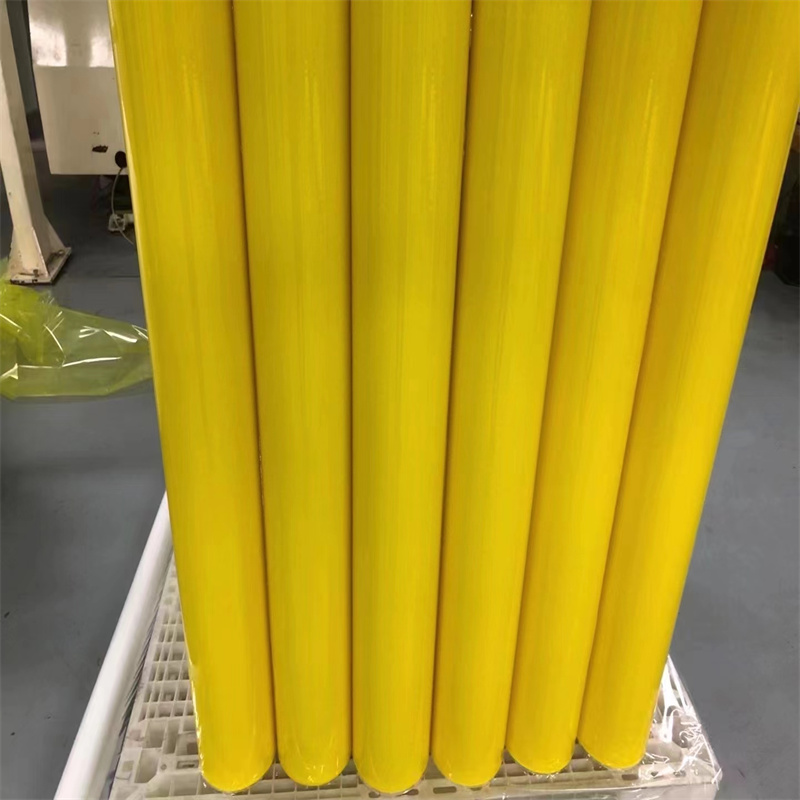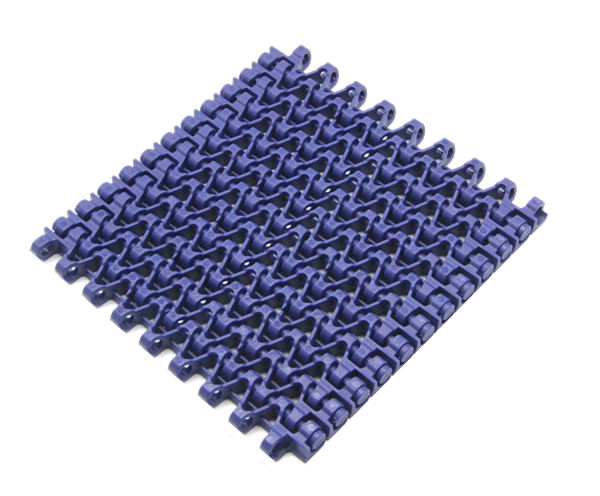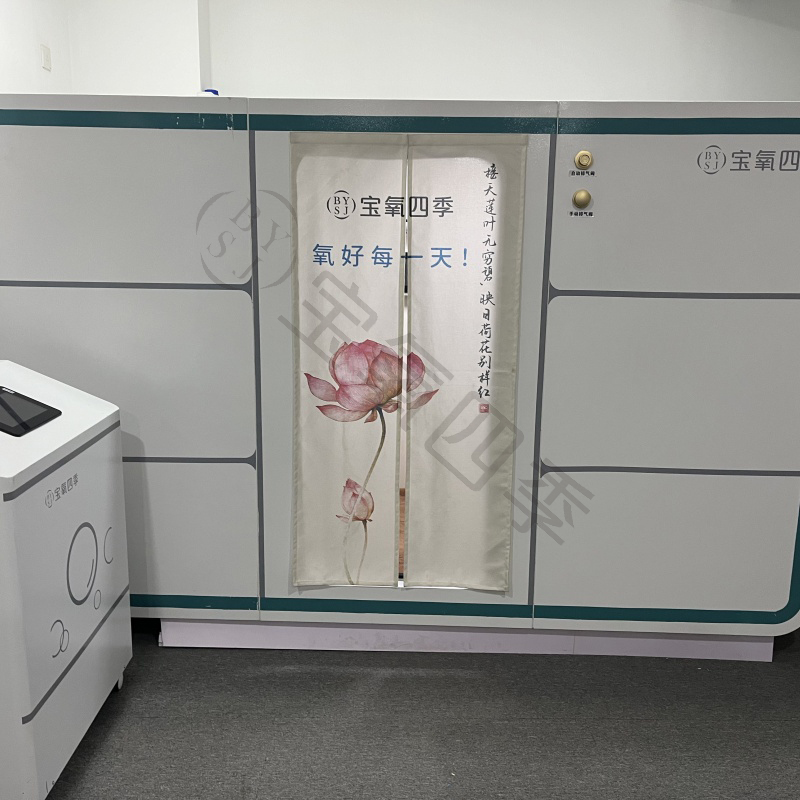PET Protective Film FAQ
PET protective film is known for its relatively hard texture and is a common choice for surface protection across various products. These include metal items, coated metal products, plastic goods, automotive components, and digital devices.
The primary role of PET protective film is to safeguard product surfaces from scratches and corrosion during production and transport. Unlike PVC protective film, PET film does not turn yellow or oily and can be recycled.
In this article, we address the common issues encountered with PET protective film.

PET Protective Film Degumming
When removing the protective film, the adhesive usually stays attached to the film. However, sometimes the adhesive remains on the product's surface. Degumming is a frequent issue when PET protective film is applied to profiles.
The most common reason for PET high-temperature resistant protective films degumming is inadequate lamination. For example, if the glue's viscosity is too high, it becomes difficult to detach the PET film from the product.
Dealing with degumming can be troublesome. To address this, use a clean cloth dipped in a small amount of alcohol and wipe the affected area repeatedly. Be careful not to damage the product's surface finish during this process.
The PET Protective Film Is Not Firmly Attached to the Product and Falls Off
Peeling off the PET protective film during transportation and use is a common issue. This can be considered from two angles:
The molding machine's pressure during the upper mold is insufficient.
The product's surface is unclean, with dust or other foreign objects affecting the bonding.
Further reading:
10 Questions You Should Know About Stormwater Steel Reinforced PE Pipe
Top Benefits of Stormwater Steel Reinforced PE Pipe
Polyethylene vs. PVC: Which is Better for Your Project?
Key Questions to Ask When Choosing Polyethylene vs Polyvinyl Chloride
How to Choose the Right LPG Tube Safely?
10 Questions You Should Know About Solar Energy Solutions
10 Facts You Should Know about 100r3 Hose
If the pressure is insufficient, test and increase the film's pressure. If foreign matter is present, clean the surface with a cloth dipped in a small amount of alcohol. After applying the film, check for air bubbles between the film and the product.
PET Protective Film and Products Are Not Easy to Peel Off
Two scenarios make the PET protective film hard to peel off: difficulty in tearing off and breaking during peeling.
If the film is hard to remove, the adhesive might be too sticky. Use a special photosensitive adhesive designed for protective films.
If the film breaks during peeling, the material used in the PET film might not withstand the peeling force. This is troublesome for users and hard to manage. Refer to the degumming solution for cleaning.
The Corners of the PET Protective Film Will Wrinkle
Sometimes, the corners of the PET protective film wrinkle after a period of use. This may be due to excessive stretching force during the application process, causing unwanted shrinkage.
Though PET film has strong weather resistance, environmental temperature differences can affect it. Excessive force during application can overstretch the surface.
Many problems with PET protective film arise from quality issues. Purchasers should learn to identify and choose high-quality PET protective films to ensure product quality.
Conclusion
The article emphasizes the importance of addressing common issues with PET protective films, such as degumming, poor adhesion, difficulty in peeling off, and corner wrinkling. By understanding these problems and their solutions, users can better protect their products and maintain their quality. For more details please contact PET Protective Film Supplier
Further reading:How Will En 857 1SC Shape Future Standards?
How to choose between polyethylene and PVC?
Understanding What UPVC Pipe Stands For: A Complete Guide
Are You Struggling with Hydraulic Hose Durability Issues?
Why choose Upvc Casing Pipes over alternatives?
Top 5 Tips for Efficiently Managing DIN EN 856 4SH Standards
How Can Wire Braided Steam Hoses Improve Your Hydraulic Efficiency?





